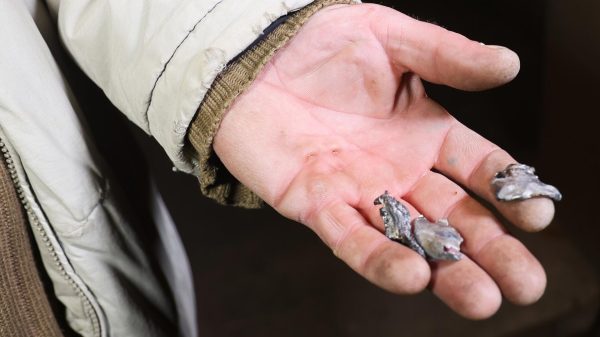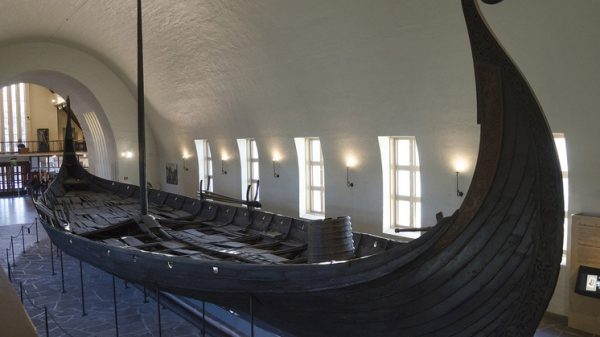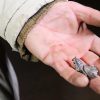The new discovery allowed scientists to reconsider their views on warships
An extensive study of the site of the wreck of the Danish royal flagship Gribskhunden has made it possible to make many new finds. Experts will take a fresh look at the combat platforms of warships and a unique chest with weapons of the late Middle Ages.

Gribshunden was the flagship of the Danish King John I (1481-1513), ruler of the Kalmar Union. In 1495, a Danish warship sank off the coast of Sweden. The wreckage was discovered in the 1970s by recreational divers, but it only became available to researchers in 2000.
The most recent field work at the crash site took place in May 2023. The research team, led by Johan Rennby of Södertern University and Rolf Warming of Stockholm University, used underwater cameras and photogrammetric 3D technologies to examine and document additional parts of the ship's remains.
Key findings of the study include the discovery of a wooden war chest , analysis of mail armor and a better understanding of the ship's superstructure.
The exploration of the chest was one of the most significant discoveries made during the last dive. Scientists have identified the contents of a «chest of weapons and tools» after taking high-resolution photographs of it. This is a set of tools for storing and producing ammunition, which often accompanied armies on the battlefield.
“The contents of the chest are heavily corroded but appear to consist of several different items located within a larger crust of rusted iron. It contains several sharp flint fragments that can be interpreted as part of buckshot. In the northern half of the remains, two elongated pieces of lead plate with several holes along the edges, presumably to facilitate processing during the casting process, can be discerned, and at least three stone molds for lead bullets of different calibers. The molds were intended for making bullets for handguns, as well as for larger caliber firearms,” say the researchers.
The chest and its contents are believed to have belonged to German mercenaries who were on board the Griebshunden when it sank. It is undoubtedly an important artifact of medieval military equipment.
Researchers have identified a significant portion of the ship's superstructure, which survived despite the logs being splintered and scattered across the seabed, by mapping the logs at the wreck site. These remains could provide experts with important information about the warship's military capabilities.
In addition to the diving work, research was also conducted using previously recovered fragments of chain mail shirts. In collaboration with Professor Kerstin Lidén from the Archaeological Research Laboratory at Stockholm University, the researchers found that the ring weave had multiple methods of attachment and construction, suggesting that it was repaired several times. Chain mail, or chain mail shirts like these, could hold up to 150 thousand rings, judging by the size of the surviving elements.























































Свежие комментарии